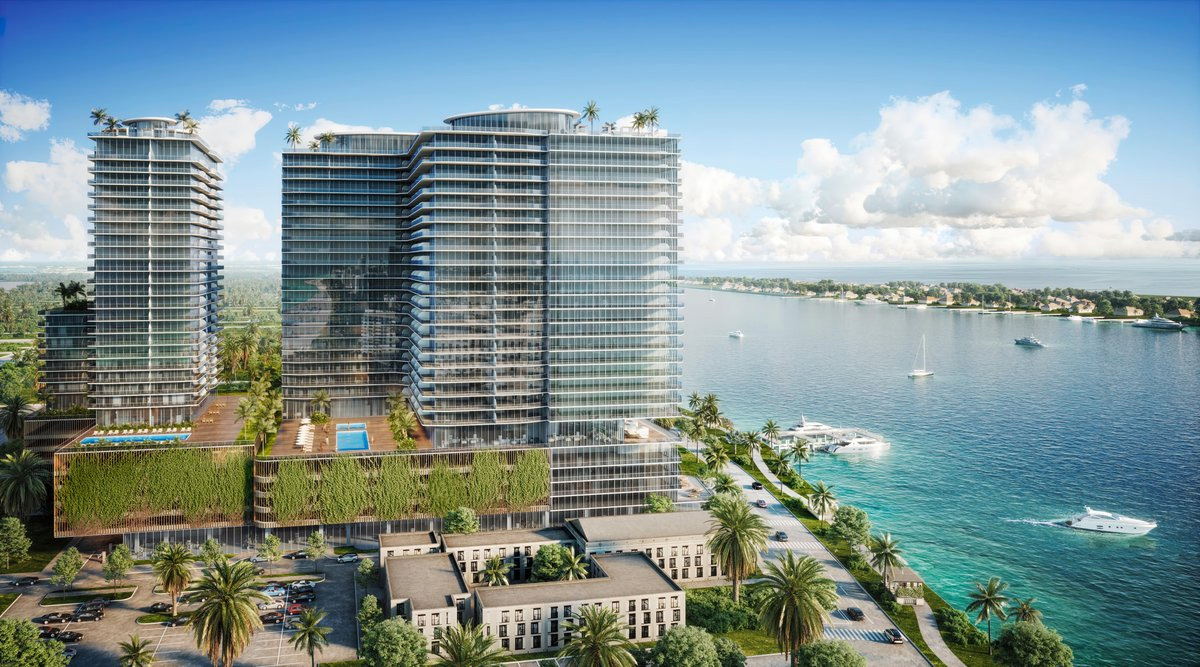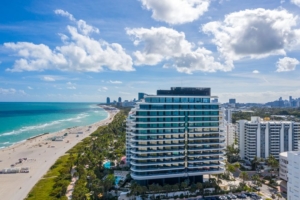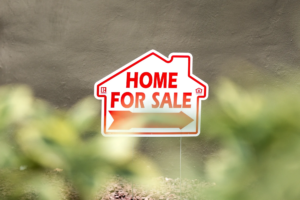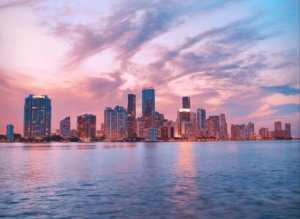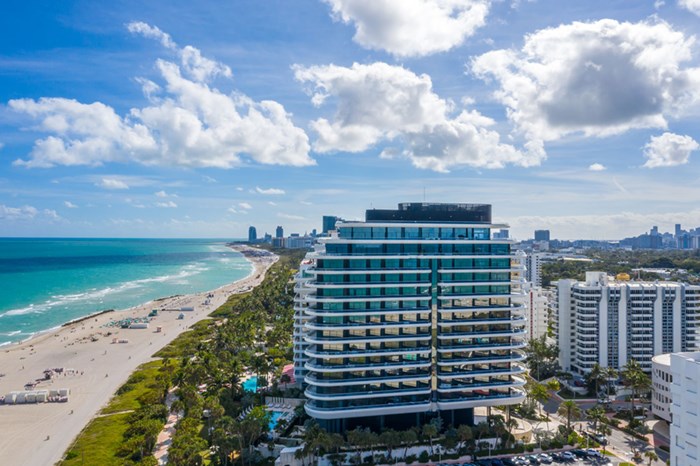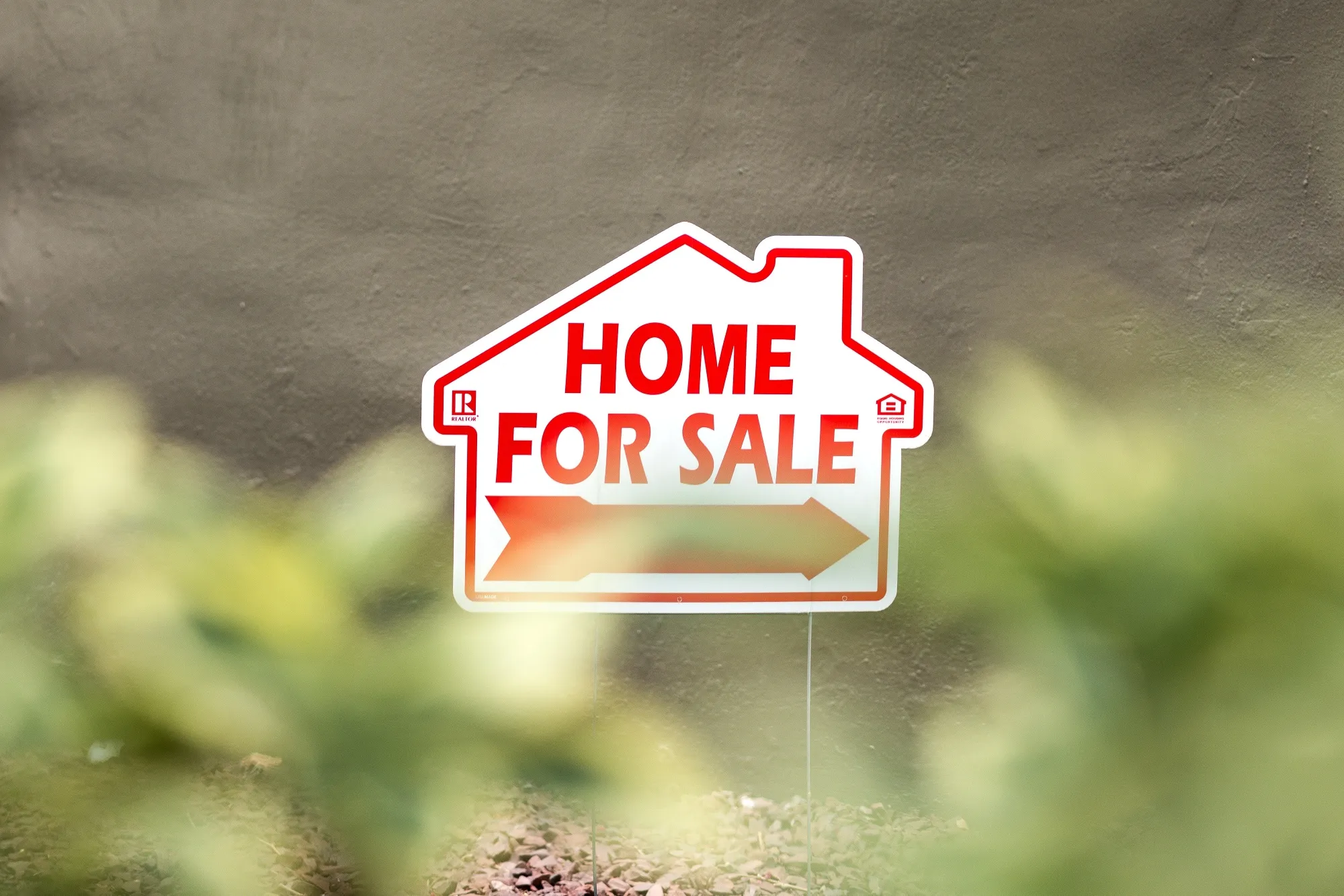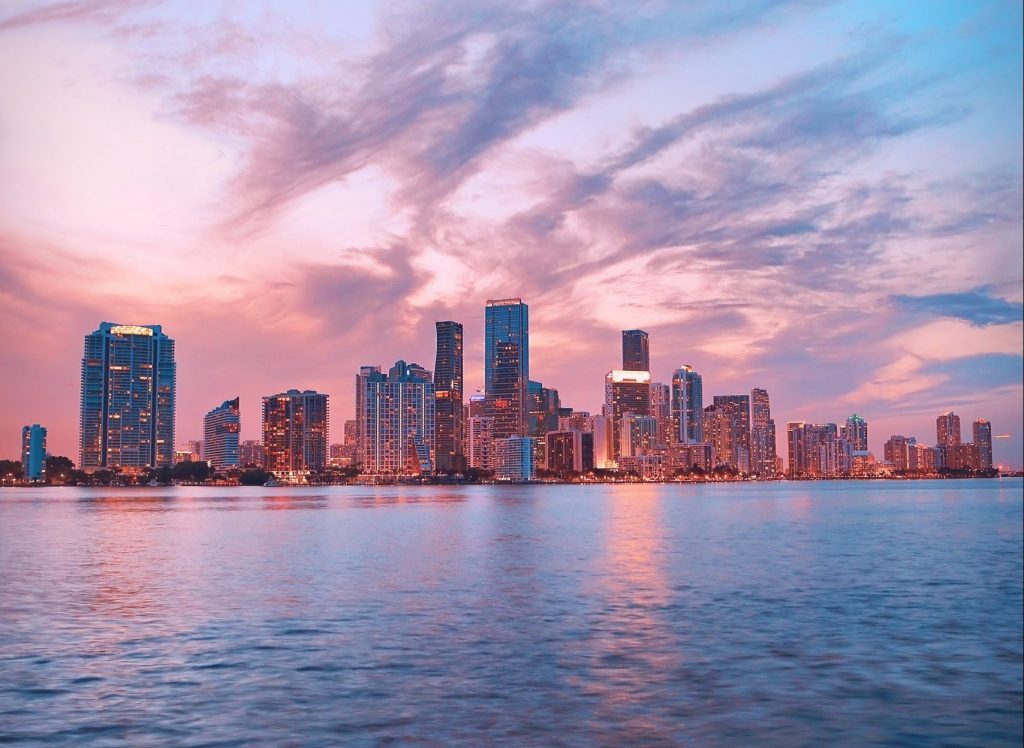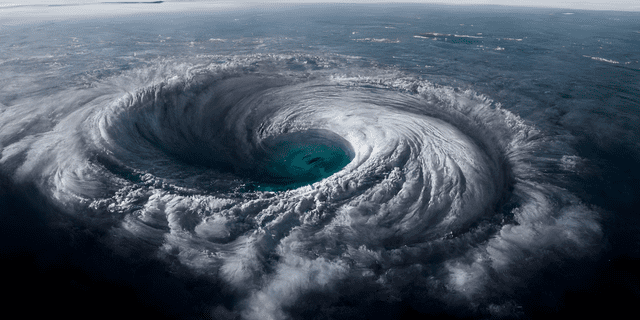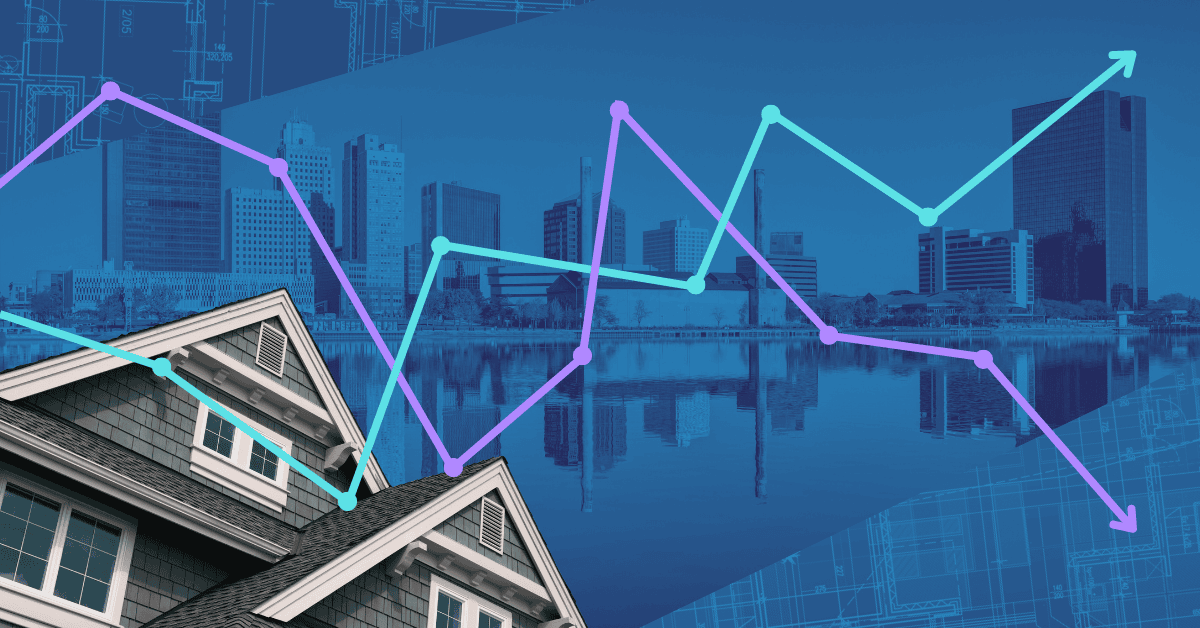South Florida Real Estate: Balancing Safety Concerns with Market Growth
As South Florida's skyline continues to evolve, the region faces a complex intersection of structural safety concerns alongside robust market activity. Recent studies have revealed concerning subsidence issues affecting iconic high-rises, even as developers break ground on ambitious new projects across Miami-Dade, Broward, and surrounding counties. This comprehensive analysis examines six critical trends reshaping the region's real estate landscape in 2025.
Structural Stability Concerns in Coastal Communities
A groundbreaking study released in late 2024 revealed alarming statistics about building stability in one of South Florida's most prestigious coastal communities. Nearly 70% of structures in central and northern Sunny Isles Beach are experiencing subsidence—a gradual sinking of the ground supporting these massive structures. Despite this concerning figure, city officials have publicly reassured residents that buildings remain "100 percent safe" while simultaneously launching comprehensive reviews of high-rise structural integrity.
Engineering experts point to multiple contributing factors behind the subsidence phenomenon: excessive construction density along the narrow barrier island, increasing weight loads on sandy foundations, and water-related issues. The confluence of these elements has created a situation requiring immediate attention from regulatory authorities.
"The concentration of so many massive structures on relatively unstable coastal foundations creates unique engineering challenges," explains Dr. Eleanor Martinez, structural engineering professor at the University of Miami. "While immediate catastrophic failure is unlikely, these subsidence patterns demand proactive monitoring and intervention."
Tightening Construction Regulations in Vulnerable Areas
In response to building stability concerns, Surfside officials are considering stricter oversight of new construction projects in early 2025. Of particular concern are vibrations generated during construction activities, which may accelerate sinking in already-compromised structures like Surf Club Towers and the iconic Porsche Design Tower.
Vice Mayor Tina Paul of Surfside expressed frustration with existing regulatory frameworks, noting that developers often merely "go through the motions" of compliance without substantive safety measures. The proposed regulatory changes would implement continuous vibration monitoring, stricter foundation requirements, and more frequent structural assessments for buildings in vulnerable areas.
This regulatory shift represents part of the region's ongoing response to the tragic Champlain Towers South collapse in 2021, which continues to influence construction and maintenance protocols throughout coastal Florida communities nearly four years later.
Luxury Market Expansion Continues Unabated
Despite safety concerns in certain areas, South Florida's luxury real estate sector demonstrates remarkable resilience. In Fort Lauderdale, Miami-based Integra Investments and co-developer Flying Point recently unveiled plans for Sereno Fort Lauderdale—a 14-story luxury condominium development with units starting at $1.4 million.
The project exemplifies the continued confidence in South Florida's high-end market, featuring cutting-edge amenities including:
- Panoramic 360-degree views encompassing nearby parks and the Atlantic Ocean
- State-of-the-art wellness facilities
- Rooftop entertainment spaces designed for the "Fort Lauderdale active lifestyle"
- Sustainable building technologies addressing climate resilience
"Luxury coastal living remains in high demand despite environmental challenges," notes Jennifer Rodriquez, market analyst at Florida Real Estate Partners. "Developers are simply incorporating more sophisticated engineering solutions while maintaining the luxury experience buyers expect."
Affordable Housing Innovations Transform Underutilized Spaces
In a promising development for the region's housing accessibility, former commercial properties are finding new life as affordable residential communities. The DeSoto Square Mall property, previously functioning as a storm debris processing center, will soon host a substantial affordable housing complex, addressing critical housing shortages for middle and working-class residents.
Similarly, Jackson Health System has approved an innovative partnership with Related Urban to demolish the existing Jackson Medical Towers and construct a mixed-use development featuring hundreds of affordable workforce housing units alongside an extended-stay hotel. This project represents a growing trend of repurposing aging institutional and commercial properties to address housing affordability challenges.
These developments reflect increasing recognition that South Florida's long-term economic health depends on housing solutions across all market segments, not just luxury properties catering to wealthy transplants and investors.
Developer Consolidation and Neighborhood Transformation
The dynamics of property ownership in established neighborhoods are shifting as major corporate entities seek to consolidate holdings for transformative developments. In Miami's Brickell district, residents of the Solaris condominium find themselves resisting what they characterize as "cheapskate" buyout offers, allegedly connected to billionaire Ken Griffin's plans to expand Citadel's headquarters presence in the area.
This situation highlights the growing tension between individual property owners and institutional investors seeking to reshape entire neighborhoods. While Griffin has remained publicly silent regarding intentions for the Solaris building, the pattern matches similar consolidation efforts seen throughout Miami's rapidly evolving financial district.
"We're witnessing a fundamental shift in how urban redevelopment occurs," explains urban planning consultant Miguel Santos. "Rather than piecemeal development of individual parcels, major players are assembling large contiguous properties to execute comprehensive neighborhood visions."
Regional Market Outlook: Balancing Growth and Sustainability
As South Florida navigates these competing pressures of development ambition and structural safety, the region stands at a pivotal moment that will define its built environment for decades to come. The continued influx of financial firms, technology companies, and wealthy individuals from high-tax states ensures ongoing demand across market segments.
However, climate change considerations, insurance challenges, and infrastructure limitations increasingly constrain development options. Successful projects will likely demonstrate sophisticated approaches to these limitations rather than ignoring them.
"The market remains fundamentally strong," notes regional economist Dr. James Washington. "But the era of building without considering long-term environmental sustainability is decisively over. Developers who embrace this reality will outperform those who resist it."
Insights: Critical Questions About South Florida Real Estate
Is it safe to purchase property in areas identified with subsidence issues?
While current structures have been declared safe by officials, buyers should conduct enhanced due diligence when purchasing in affected areas like Sunny Isles Beach. This includes reviewing engineering reports, understanding building maintenance histories, and potentially commissioning independent structural assessments before closing. Insurance considerations should also factor prominently in decision-making.
How are luxury developers addressing climate resilience in new projects?
Leading developers now incorporate numerous resilience features, including elevated critical systems, water-resistant building envelopes, backup power generation, and foundation designs accounting for sea-level projections through 2070. Projects like Sereno Fort Lauderdale prominently feature these adaptations as selling points rather than hiding them.
Will affordable housing initiatives meaningfully impact South Florida's accessibility crisis?
Individual projects like the DeSoto Apartments and Jackson Medical Towers redevelopment represent important progress, but addressing the region's affordability challenges requires systemic policy changes alongside these developments. Most experts believe that converting former commercial properties into residential use represents one of the most promising strategies for expanding housing supply without consuming additional undeveloped land.
How should current condo owners respond to buyout offers in rapidly developing areas?
Property owners facing buyout pressure should form owner associations to negotiate collectively rather than individually, ensuring equitable treatment and maximum value. Understanding the redevelopment potential of their property's location provides crucial leverage in these negotiations. The Solaris situation demonstrates that organized resistance can sometimes secure better terms even against powerful corporate interests.
What regulatory changes should consumers advocate for regarding building safety?
The most effective regulatory improvements would include mandatory structural reassessments on accelerated schedules for coastal buildings, transparent disclosure of engineering reports to all residents and prospective buyers, and stricter monitoring of nearby construction activities that might impact existing structures. Consumer advocacy for these measures could significantly improve building safety throughout South Florida.

